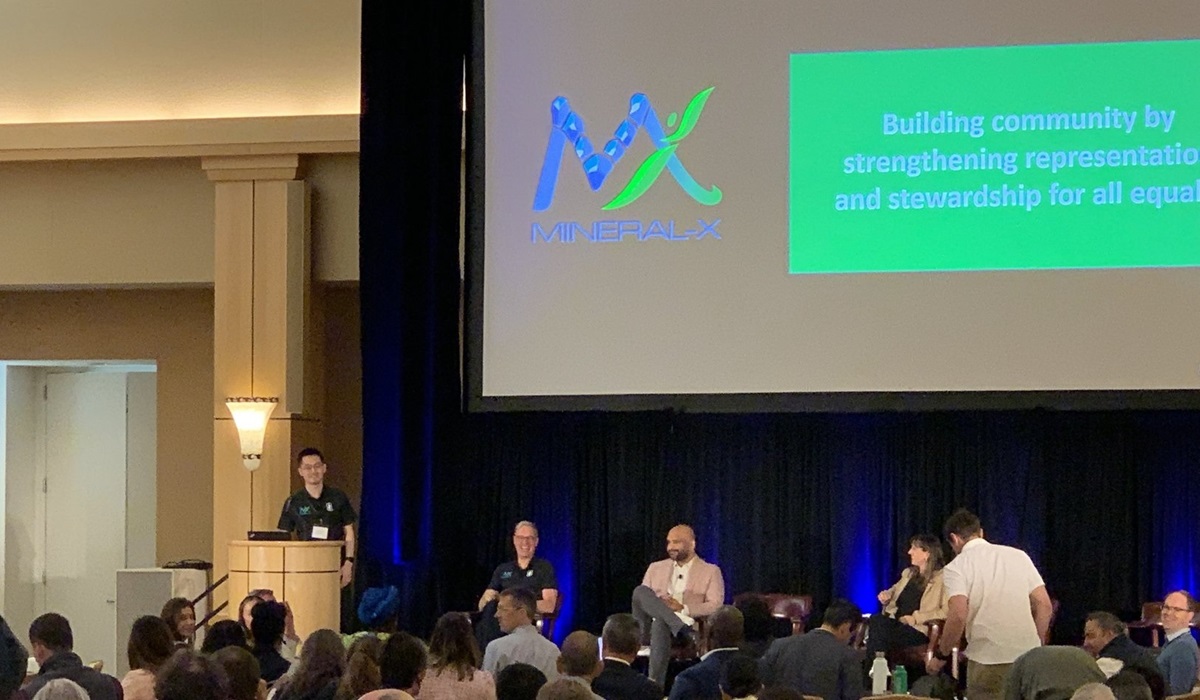March 4, 2024
Staff reporter

New research focused on improving mineral drill targeting using satellite connectivity and space-enabled geophysical sensors will be conducted at Stanford University in California, USA, under a collaboration with Australia’s Fleet Space Technologies.
Fleet Space, a privately-owned Adelaide firm, says it has worked with at least 35 mining and exploration companies, including Rio Tinto and Barrick Gold, on sub-surface surveys on five continents. It describes itself as a leader in space-enabled mineral exploration, with rapid relaying of results from its ExoSphere ambient noise tomography surveys enabled by its growing satellite constellation.
ExoSphere could deliver 3D subsurface models in days, rather than months with other methods.
The company has been named as an industrial affiliate of Stanford’s Mineral-X program.
“By engaging with Stanford University’s faculty and scientists at Mineral-X, Fleet Space will engage in joint research on technological innovation to accelerate sustainable mineral discovery in support of the global clean energy transition,” the company said.
Fleet Space chief scientist Gerrit Olivier said scalable 3D geophysical methods stood out as “the cornerstone for breakthroughs in exploration efficiency” in an era marked by declining mineral exploration success rates and rising demand for raw materials.
“These methods provide a vital foundation for multi-physics and ML technologies to enhance exploration success,” Olivier said.
Dr Jef Caers, professor of earth sciences at Stanford and founder of Mineral-X, said the university was “thrilled to work with Fleet Space to accelerate the development of a resilient supply chain for the minerals needed for clean energy innovation globally”.
“The technology developed by Fleet Space provides critical innovations in geophysical imaging needed to map orebodies with an accuracy not possible with current airborne and surface methods.”
As well as its terrestrial activities, Fleet Space said last November a variant of its ExoSphere technology, called SPIDER, would be deployed on the Moon as part of a NASA Commercial Lunar Payload Services (CLPS) initiative to search for water ice deposits and deliver subsurface insight about the lunar regolith in 2026.
No comments:
Post a Comment